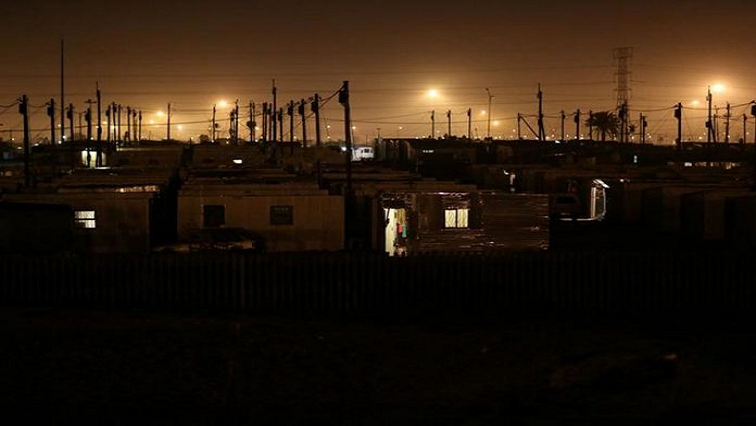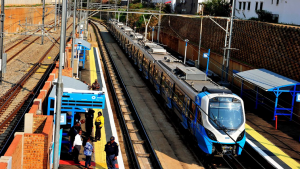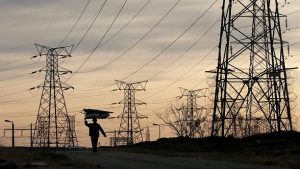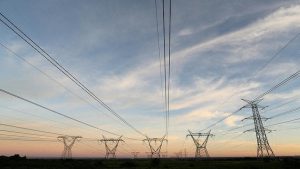There’s been concern that loadshedding and power cuts are fatal for patients that are on oxygen at their homes. The country has been experiencing power cuts because of Eskom’s power generation problems as well as cable theft that has disrupted the power supply to some areas.
Hospitals have generators as a back-up power supply, but with COVID-19 putting a strain on hospital capacity, many patients have opted for home care.
Media personality, Denzil Taylor, says years of loadshedding couldn’t prepare him for the fear he had experienced recently when the power went out whilst he had been in hospital.
“You are dependent on all the systems working. All the medical equipment working. And your mind begins to think about being dependent on this thing, coming into this building and saving your life, and at that moment, when the power cuts, and everything cuts and everything becomes dark and its black, you start counting in your head, ‘when does the power come back. And then it does?’ It’s a scary moment. It’s a different moment because your life depends on it.”
Luckily for Taylor, the generator kicked in. However, for those relying on oxygen at home, and who don’t have back-up power, it’s a different case.
On the 6th of January, @ZVHRVMcQ tweeted, “Hey @Eskom_SA what do the people do during loadshedding who are at home on oxygen machines trying to fight for their lives because of Covid? I seriously need an answer.”
This tweet was followed by another on the 15th of this month which read: “This morning my grandfather died shortly after @Eskom_SA cut the power to his oxygen machine.”
Professor Guy Richards, a pulmonologist involved in ventilation, says it’s important for those with low oxygen to stay plugged in.
“COVID-19 is known to cause low oxygen in the blood and that is known as hypoxemia. This occurs when the patients develop the pneumonia-like manifestation of this disease. If you do develop this hypoxemia, you will require oxygen. And this is supplied most often by means of an oxygen concentrator which requires electricity to function in the appropriate manner.”
Richards says it’s possible to get the oxygen by means of a cylinder but they run out quickly.
“If you are using a concentrator, which requires electricity and the power goes off, your supply of oxygen then would stop. And if the patient’s oxygen levels do decline a significant amount, it is a possibility that this could have a significant outcome in the patient dying.”‘
Health economist, Professor Alex Van Den Heerver, says you have to make means for a continuous power supply if you’re being treated at home.
“There are numerous solutions to that and they vary in cost. But to avoid having power cuts for various reasons, and it can be something to do with people stealing copper wire, to a localised outage, or even loadshedding – anyone of those could impact on a household. So you do need to have some backup arrangement in place, when you are relying on something particularly for life support.”
Eskom has been under pressure over cutting power in the midst of the COVID pandemic. Cable theft has accounted for some of the power outages. But the power utility has been having problems with breakdowns in power generation and has been doing load reduction in areas, it says, aren’t paying and are connecting to the grid illegally.
Eskom explains implementation of Stage 2 load shedding: Sikonathi Mantshantsha






